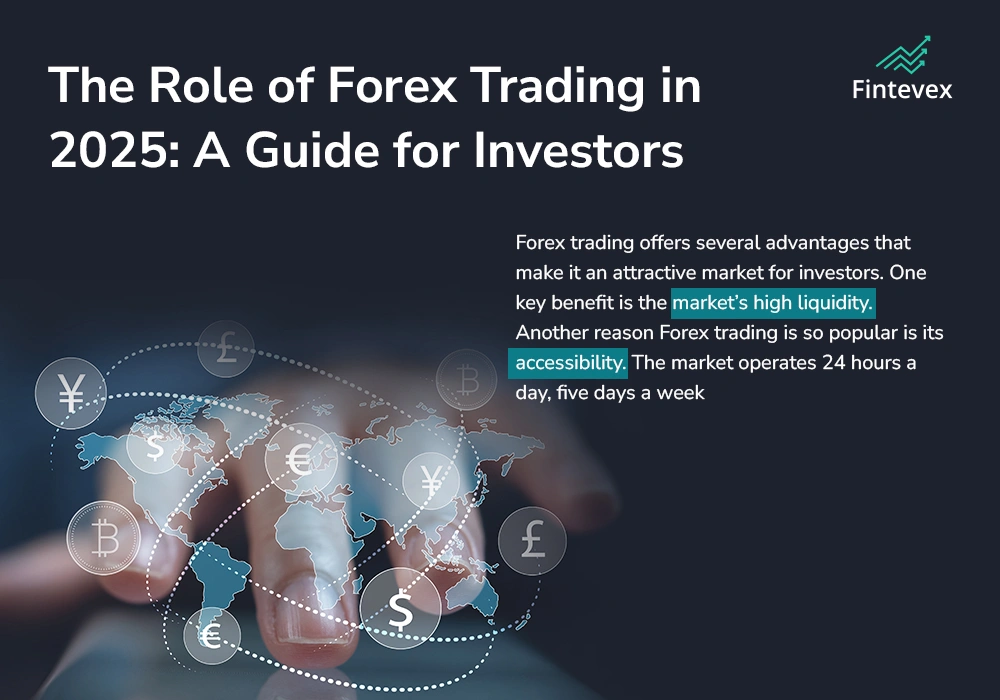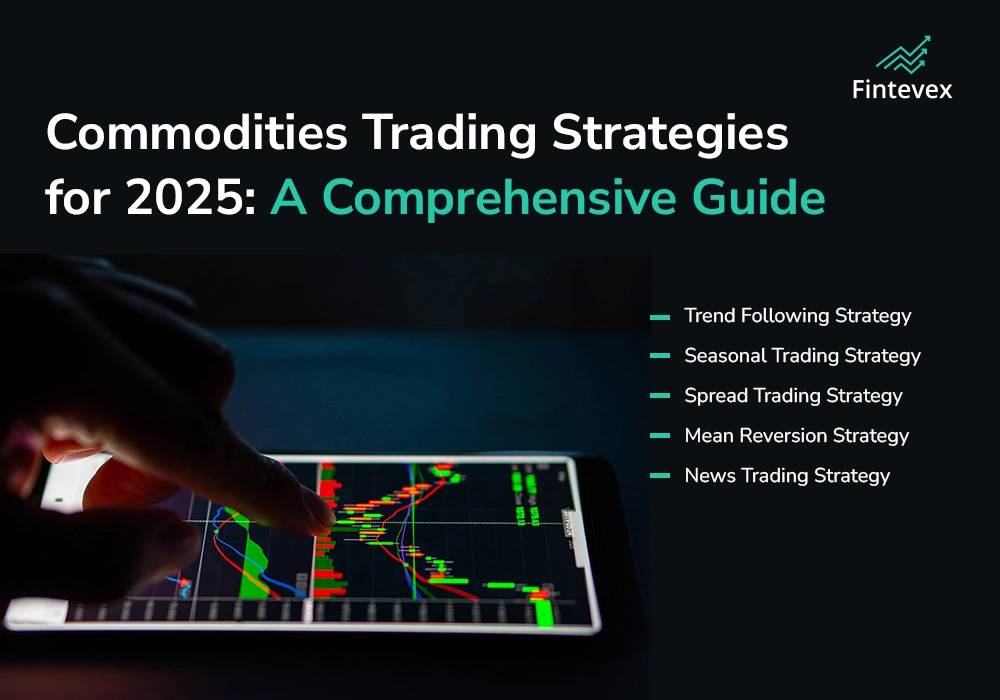The foreign exchange (Forex) market is the largest and most liquid financial market in the world. With daily trading volume exceeding $6 trillion, it offers investors countless opportunities to profit from fluctuations in currency prices. Unlike traditional stock or bond markets, Forex trading takes place 24 hours a day, five days a week, and involves the exchange of currencies globally.
In 2025, Forex trading continues to be a popular choice for both novice and experienced investors, offering flexibility, high liquidity, and the potential for significant returns. This article will explore the dynamics of Forex trading, how it works, and the key strategies to succeed in the market this year.

What is Forex Trading?
Forex trading, also known as currency trading or FX trading, involves the buying and selling of currencies against each other. In Forex, currencies are traded in pairs, such as EUR/USD (Euro/US Dollar) or GBP/JPY (British Pound/Japanese Yen). The goal is to speculate on the price movements of one currency relative to another. For example, if a trader expects the Euro to strengthen against the U.S. Dollar, they will buy the EUR/USD pair.
In Forex, every trade involves two currencies: one is the base currency, and the other is the quote currency. In the EUR/USD pair, for instance, the Euro is the base currency, and the U.S. Dollar is the quote currency. The price reflects how much of the quote currency is needed to purchase one unit of the base currency. The Forex market is vast, and participants include governments, central banks, financial institutions, multinational corporations, and individual traders.
Forex trading also involves the use of leverage, which allows traders to control larger positions with smaller amounts of capital. While leverage can amplify profits, it also increases potential risks. Understanding leverage and how it affects your trades is crucial for managing both profits and losses effectively.
Why Trade Forex?
Forex trading offers several advantages that make it an attractive market for investors. One key benefit is the market’s high liquidity. Forex is the most liquid financial market in the world, meaning that you can easily enter and exit positions without worrying about liquidity issues. This liquidity ensures that there is always a buyer or seller for a currency pair, making it easier for traders to execute trades efficiently.
Another reason Forex trading is so popular is its accessibility. The market operates 24 hours a day, five days a week, allowing traders to participate whenever it is most convenient for them. This is particularly appealing for those who cannot commit to trading during traditional market hours. Furthermore, Forex brokers often offer low transaction costs, with many earning their commission through the spread, which is the difference between the buying and selling prices of a currency pair.
Forex markets are also known for their volatility, which provides profit potential. Currencies fluctuate in value based on economic, political, and social factors, allowing skilled traders to profit from these price changes. This volatility can be both a blessing and a curse, as it presents opportunities for large gains, but also the possibility of significant losses. As with any financial market, understanding the risks involved is essential for long-term success.
How Does Forex Trading Work?
Forex trading involves buying one currency and selling another at the same time. The goal is to make a profit by predicting whether the value of a currency will rise or fall relative to another currency. The prices of currency pairs fluctuate based on several factors, including global economic data, political events, and shifts in supply and demand.
When trading Forex, a trader will enter a position by either buying or selling a currency pair. If a trader believes a currency will strengthen, they will buy the pair, and if they believe it will weaken, they will sell. In a typical transaction, the trader exchanges a specified amount of the base currency for an equivalent amount of the quote currency, based on the current exchange rate.
Currency pairs are divided into three categories: major pairs, minor pairs, and exotic pairs. Major pairs are the most frequently traded and include pairs like EUR/USD, GBP/USD, and USD/JPY. Minor pairs do not involve the U.S. Dollar and include pairs like EUR/GBP or GBP/JPY. Exotic pairs consist of one major currency and one currency from an emerging market, such as USD/TRY (U.S. Dollar/Turkish Lira).
Traders also use leverage in Forex to increase their buying power. Leverage allows traders to control a larger position with a smaller amount of capital. For example, with a leverage ratio of 100:1, a trader can control $100,000 worth of currency with just $1,000 in margin. While leverage can amplify profits, it can also lead to larger losses if the market moves against a trader’s position. Therefore, effective risk management is crucial when using leverage.
Forex Trading Strategies for 2025
In 2025, traders continue to employ various strategies to navigate the Forex market. Some of the most commonly used strategies include scalping, day trading, swing trading, and position trading.
Scalping is a strategy that involves making multiple trades throughout the day to profit from small price movements. This method is ideal for traders who have the ability to make quick decisions and execute trades efficiently. Scalpers typically hold positions for only a few minutes or hours before closing them. While it offers the potential for consistent profits, scalping requires a high level of focus and can result in higher transaction costs due to the frequency of trades.
Day trading, as the name suggests, involves entering and exiting positions within the same trading day. Day traders seek to take advantage of short-term price movements and close all positions before the market closes. This strategy minimizes overnight risk and allows traders to avoid exposure to price fluctuations outside of regular market hours. However, day trading can be time-consuming, as it requires constant monitoring of the markets.
Swing trading is another popular strategy where traders hold positions for a longer period, typically from several days to a few weeks. Swing traders aim to capture larger price movements by identifying trends and market reversals. This strategy offers a more relaxed approach compared to day trading and scalping, but it also exposes traders to greater market risk due to the longer holding period.
Position trading is a longer-term strategy that involves holding trades for weeks, months, or even years. Position traders base their decisions on fundamental analysis, looking at macroeconomic factors that could affect a currency’s value. While position trading requires a significant understanding of economic indicators and trends, it offers the advantage of lower transaction costs due to fewer trades.
Trend-following is another strategy commonly used by traders. This approach involves identifying established market trends and trading in the direction of the trend. Trend-following traders aim to profit from sustained price movements over time, either by entering long positions in an uptrend or short positions in a downtrend. The success of this strategy relies on the ability to identify trends early and manage risk effectively.

Risks in Forex Trading!
While Forex trading offers substantial profit potential, it also carries significant risks. The most obvious risk is market volatility. Currency prices can fluctuate dramatically in response to geopolitical events, economic data releases, and changes in market sentiment. This volatility can lead to substantial gains or losses, depending on how a trader reacts to the market movements.
Another risk is the use of leverage. While leverage can magnify profits, it can also amplify losses, potentially resulting in more significant losses than the initial investment. Traders must understand how leverage works and use it responsibly to avoid taking on excessive risk.
Forex trading is also impacted by factors such as liquidity risk, where sudden changes in market conditions or low trading volume may make it difficult to execute trades at desired prices. Additionally, regulatory risks can arise, as governments and financial institutions may change policies that impact currency values.
Conclusion:
Forex trading presents numerous opportunities, but it is not without its challenges. Understanding how the market works, the different currency pairs, and the various trading strategies available is crucial to success. In 2025, traders must be prepared to manage volatility, utilize leverage effectively, and adapt to changing market conditions.
By using the right strategies, staying disciplined, and managing risk properly, traders can take advantage of the high liquidity and profit potential offered by the Forex market. Whether you are a novice or an experienced investor, developing a solid trading plan and understanding the dynamics of Forex trading is key to achieving long-term success.

















